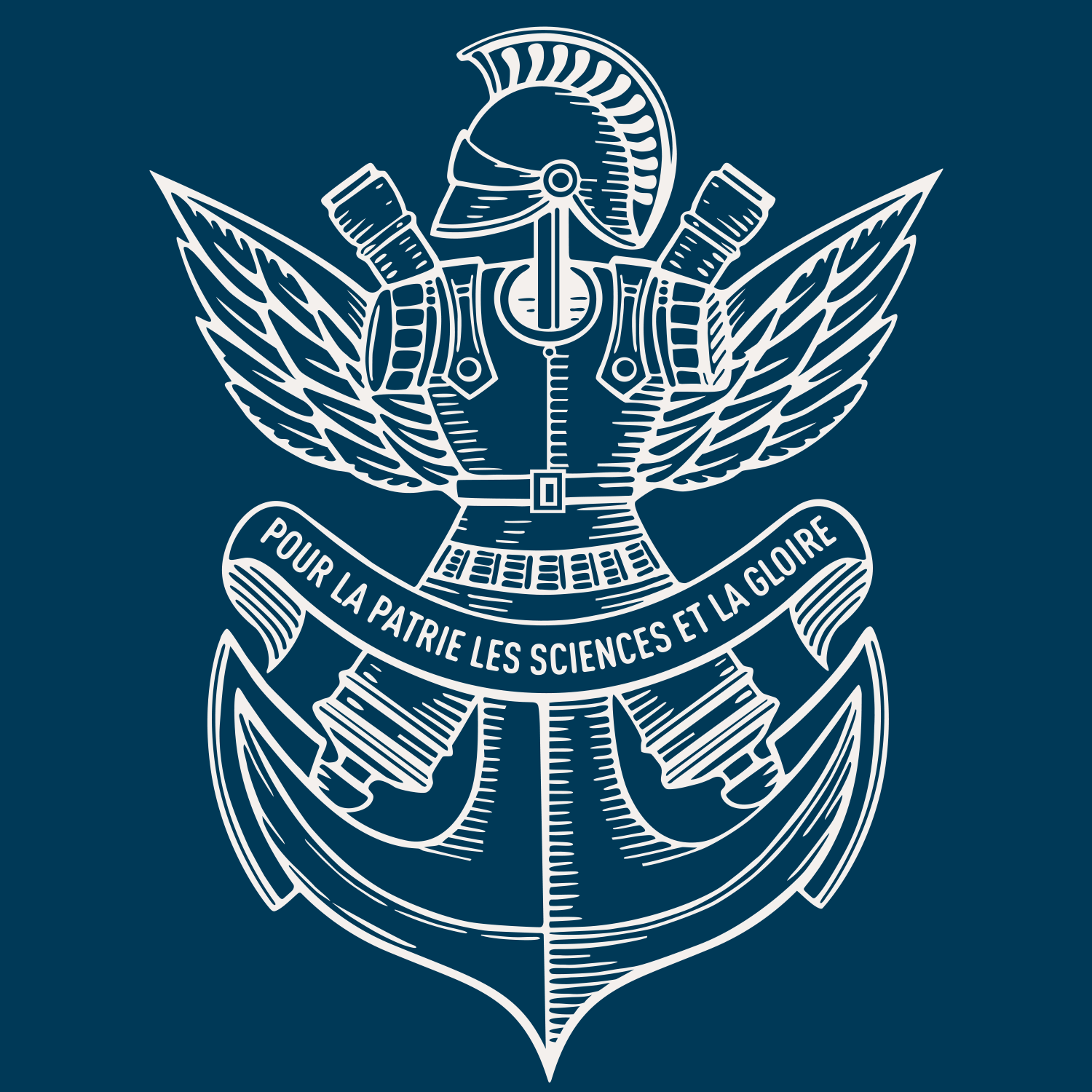Influence of crosslinking and plasticizing on the viscoelasticity of highly filled elastomers
Résumé
Solid propellants, like all highly filled elastomers, exhibit a complex nonlinear viscoelastic behavior. The aim of this study was to establish the relationships between the structure and properties, which is needed to construct a robust constitutive law for these materials. An extensive design of experiments approach allowed us to quantify the influence of the curing agents and plasticizer molecules on the microstructure of the propellant and its viscoelastic properties. Swelling and gel permeation chromatography measurements described the microstructure of the propellant and prestrained dynamic mechanical analysis (PDMA) characterized the viscoelastic behavior. The curing agents reacted with polymer chain ends participating in the network, in the sol fraction, or in filler–binder links. Consequently, the polymer network was incomplete even in stoichiometric conditions, and a minimum of 10% of the polymer was free in the microstructure. In addition, preswelling the polymer with plasticizer molecules before curing modified the obtained network by decreasing the crosslink density in the binder and increasing it in the vicinity of the filler surface. This study provided new insight into the local deformation mechanisms controlling nonlinearity as measured by PDMA. The nonlinear behavior appeared between 0 and 1.7% prestrain in both the elastic and viscous parts of the behavior. The network reached its maximum extensibility in the elastic part and constrained the sol fraction in this extended mesh for the viscous part.
| Origine | Fichiers produits par l'(les) auteur(s) |
|---|

